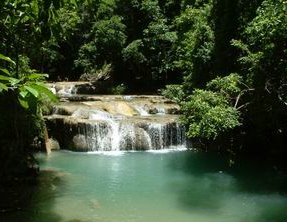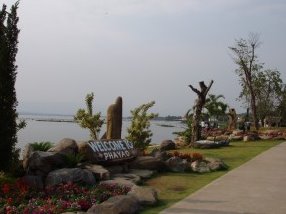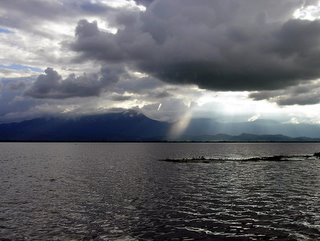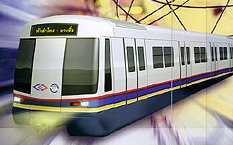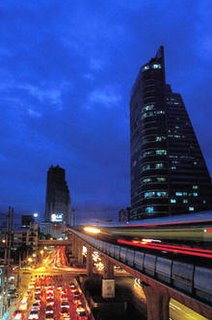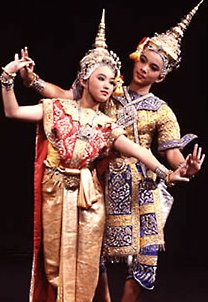Thai Kite Festival - Thailand
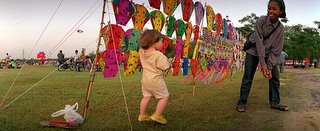


From all works of life especially young children in the countryside. The Kite-flying season usually take place between February and April when the south -west monsoon blows from the Gulf of Thailand and the rice harvesting season is over.
Kite-flying was said to have its origins in China at least 3,000 years ago during the Hun Dynasty .The Chinese armies made kites attached with bamboo piper to fly over the enemy When the wind passed through the pipes to fly over the enemy When the wind passed through the pipers ,it made an errie whistling sound causing the enemy to panic and ran for their lives.
In the early Siamese kingdom of Ayutthaya, kite - flying was so popular that it was prohibited to fly kites over the royal palace as they might damage the architectural spires. Meanwhile , kite -flying gained its highest popularity in the reign of King Rama IV when a royal decree allowed citizen to fly kites as Sanam Luang , opposite the Grand Palace.
To Preserve the Summer tradition and promote the tourism industry of the country, kite-flying has now received a greater attention from the authorities. Kite enthusiasts from several countries have been invited to display their craft and skills in the kite-flying contest held in the country Several. Thai teams also took part in the contest. Spectators were able to see Thai kite fighting contests held in the country Several Thai teams also took part in the contest . Spectator Were able to see Thai kite fighting contests between the traditional Chula and Pakpao kitws as well.
Above all. They are able to discover hundreds of different kinds of kites of kites in a myriad of sizes, colours, shapes and styles flying in the clear Summer sky above the Sanam Luang ground.
Out of the contest, at this time of the year kites,large and small,of every colour ,shape and dimension always fill the sky all over the country, They are spinning. Floating, soaring ,swooping and even crashing to the ground.Grown-ups and children alike enjor watching the clear sky decorated with extraordinary kites throughout the Summer vacation .
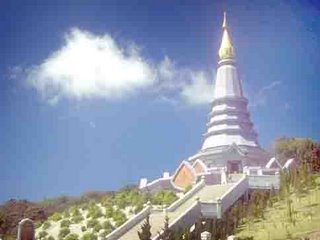
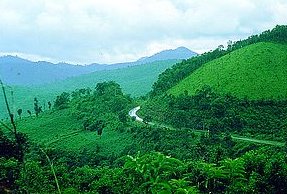
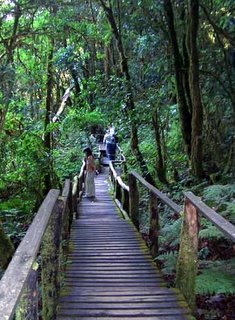
 The materials for the bridge were brought from Java by the Imperial Japanese Army during their occupation of Thailand. In 1945 the bridge was bombed several times and was only rebuilt after the war - the curved portions of the bridge are original. The first version of the bridge, completed in February 1943, was all wood. In April of the same year a second bridge of steel was constructed.
The materials for the bridge were brought from Java by the Imperial Japanese Army during their occupation of Thailand. In 1945 the bridge was bombed several times and was only rebuilt after the war - the curved portions of the bridge are original. The first version of the bridge, completed in February 1943, was all wood. In April of the same year a second bridge of steel was constructed. Train enthusiasts may enjoy the railway museum in front of the bridge, with engines used during WWII on display. Every year during the first week of December there is a nightly sound-and-light show at the bridge, commemorating the Allied attack on the Death Railway in 1945. It's a big scene, with the sounds of bombers and explosions, fantastic bursts of light and more. The town gets a lot of Thai tourists during this week, so book early if you want to witness this spectacle.
Train enthusiasts may enjoy the railway museum in front of the bridge, with engines used during WWII on display. Every year during the first week of December there is a nightly sound-and-light show at the bridge, commemorating the Allied attack on the Death Railway in 1945. It's a big scene, with the sounds of bombers and explosions, fantastic bursts of light and more. The town gets a lot of Thai tourists during this week, so book early if you want to witness this spectacle.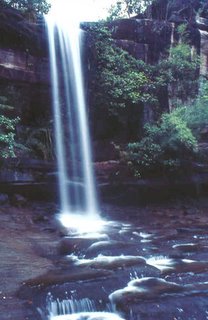
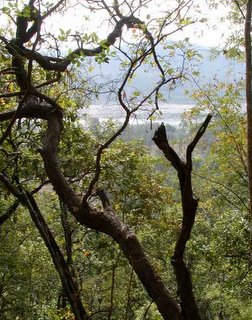
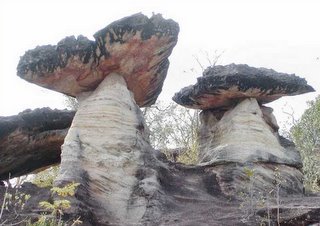
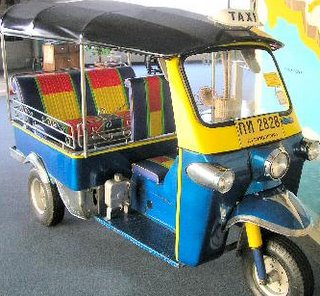


 The largest and most beautiful waterfall in the western region, Erawan Waterfall is on the bank of Kwai Yai River in Khao Salop (Erawan) National Park. It is about 2,000 metres tall divided into 7 levels. The atmosphere in this always-verdant national park is serene, peaceful and rich with innumerable plant and flower species, perfectly conducive to sight-seeing and relaxation.
The largest and most beautiful waterfall in the western region, Erawan Waterfall is on the bank of Kwai Yai River in Khao Salop (Erawan) National Park. It is about 2,000 metres tall divided into 7 levels. The atmosphere in this always-verdant national park is serene, peaceful and rich with innumerable plant and flower species, perfectly conducive to sight-seeing and relaxation.